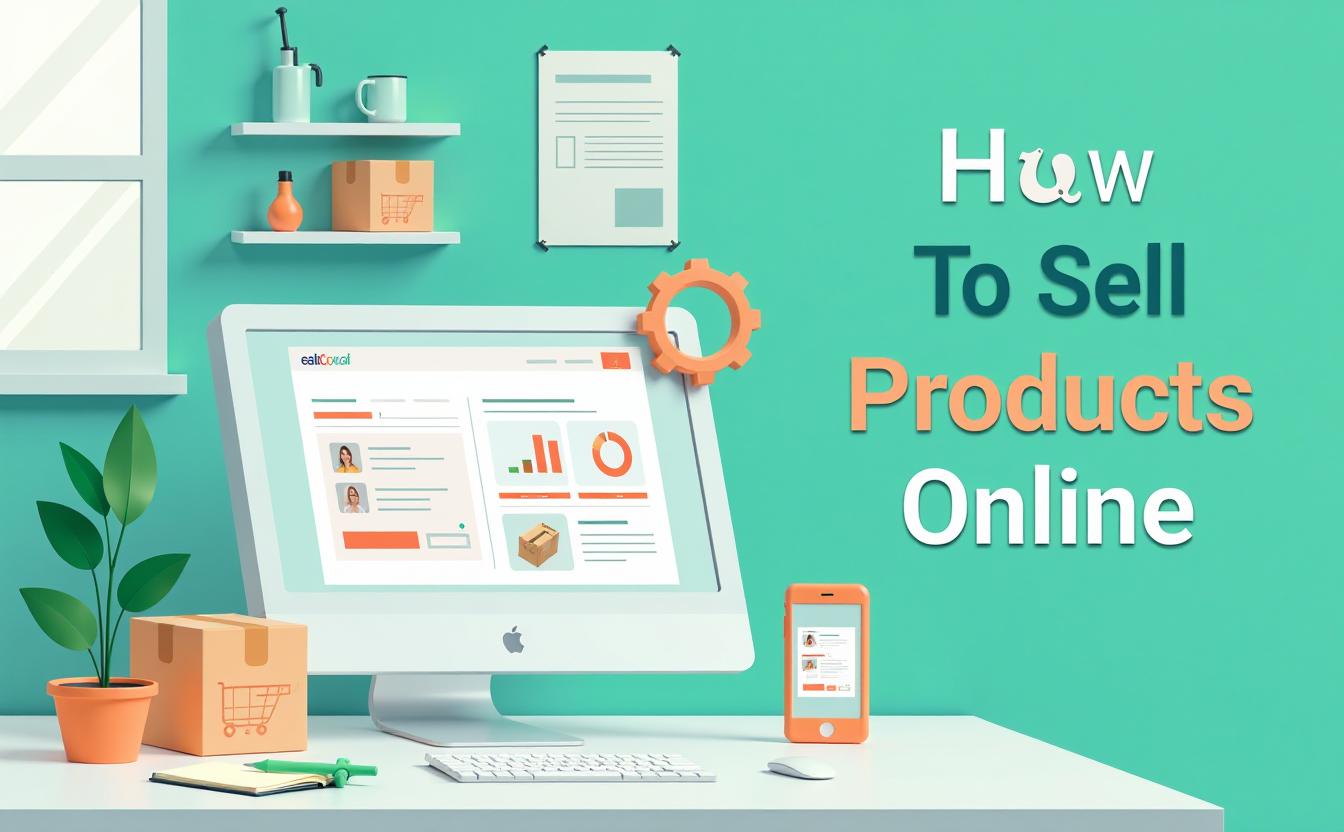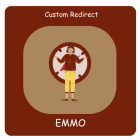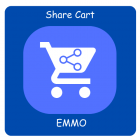How To Sell Products Online: What You Need To Know To Start Making Sales

How To Sell Products Online: What You Need To Know To Start Making Sales
Table Of Content
Choose Your Products
Deciding what products to sell is the first and one of the most critical steps to successfully selling online. Your product choices will influence your platform, customization needs, and overall business approach.
Whether you're offering handmade items, print-on-demand clothing, or custom-branded merchandise like mugs, starting with a solid business plan is key. Define your niche and target audience early to streamline your marketing efforts.
For sellers using print-on-demand services, it’s a good idea to order samples of your products to ensure quality and consistency. Make sure to test materials and print quality yourself before making them available to customers. Sellers of handmade products should include detailed measurements on product pages and highlight any variations that could occur during the crafting process.
Dropshipping is another popular option for entrepreneurs. This model allows you to sell products without handling inventory or the supply chain. It’s a low-risk way to start an online store and requires less upfront investment, making it ideal for beginners.
Build Your Selling Platform
Choose a Domain Name
A domain name is your website's address (e.g., youronlinestore.com). Ideally, your domain should reflect your business name. If your desired domain is unavailable, try adding relevant keywords or location-based terms, such as halfakedcafe.com or halfbakedaustin.com. You can search for domains and purchase them through top domain registrars like Namecheap or Domain.com for around $12 to $15 per year.
Find the Perfect Platform for Your Online Store
Selecting the right platform depends on your business needs. Here are some popular platforms for 2025:
- Shopify - Easy integration with print-on-demand services and customizable themes. Ideal for dropshipping and small-to-medium businesses.
- Shift4Shop - Offers a free plan with essential features for small businesses.
- Squarespace - Best for businesses looking to showcase products with stunning design. Perfect for creatives.
- Square - Allows you to build an online store with a free plan, ideal for businesses combining online and in-person sales.
Sell Products on Large Marketplaces
Alongside building your own store, consider listing your products on large marketplaces like Amazon, Etsy, Walmart, and eBay for additional exposure. Keep in mind, these platforms charge a commission but provide great visibility.
- Amazon
- Etsy
- Walmart
- eBay
- Zazzle
- Facebook Marketplace
Payments and Shipping
Each platform includes built-in payment processing, allowing you to easily start accepting payments. For long-term tax benefits, consider registering as an LLC or sole proprietor.
Shipping is equally important. Offering free shipping can attract more customers, but ensure you account for these costs or offer promotions to compensate for rising shipping fees.
Market Your Products Online
Marketing is key to boosting visibility and driving sales. Utilize multiple channels such as SEO, influencer marketing, and paid ads to reach a wider audience.
- Search Engine Optimization (SEO)
- Content Marketing
- Influencer Marketing
- Paid Search Ads (Google Ads)
- Organic Social Media (Facebook, Instagram, Pinterest)
- Paid Social Advertising (Facebook Ads)
- Etsy and Amazon Ads
How To Sell Products Online: What You Need To Know To Start Making Sales
E-commerce platforms generally fall into two categories: cloud-based and self-hosted. Each type offers unique benefits and challenges that suit different business needs. Here's a breakdown of both:
| Step | Description | Tips |
|---|---|---|
| 1. Choose Your Platform | Select the right platform such as Magento, Shopify, or WooCommerce depending on your business needs. | Consider scalability, ease of use, and customization. |
| 2. Select Products | Decide on the products you want to sell, whether physical or digital. | Research trending products and identify your niche market. |
| 3. Set Up Payment Methods | Integrate payment gateways like PayPal, Stripe, or credit card processing. | Ensure multiple payment options to increase conversions. |
| 4. Organize Shipping & Fulfillment | Set up shipping options, fulfillment centers, or dropshipping solutions. | Provide free shipping or real-time tracking to enhance customer experience. |
| 5. Build Your Brand | Create a brand identity that resonates with your target audience. | Focus on logo design, consistent color schemes, and brand voice. |
| 6. Market Your Store | Use SEO, social media, email marketing, and paid ads to promote your store. | Run promotions and build a loyal customer base through rewards or discounts. |
Frequently Asked Questions (FAQs)
Which website is best for selling products online?
There are many websites suitable for selling products online, including Amazon, eBay, and Shopify. Choose based on your target audience and the type of product you're offering.
How do I choose a product to sell?
Research market trends, analyze competitors, and focus on products with high demand but low competition. It’s essential to consider your passion and expertise.
What products are in demand?
Currently, electronics, eco-friendly products, health & fitness gear, and home office supplies are in high demand.
What is the best B2B e-commerce platform?
Choose a reliable shipping service like UPS, FedEx, or DHL. You can also integrate shipping solutions into your e-commerce platform for real-time shipping rates and tracking.
How do I ship products to my customers?
Choose a reliable shipping service like UPS, FedEx, or DHL. You can also integrate shipping solutions into your e-commerce platform for real-time shipping rates and tracking.










